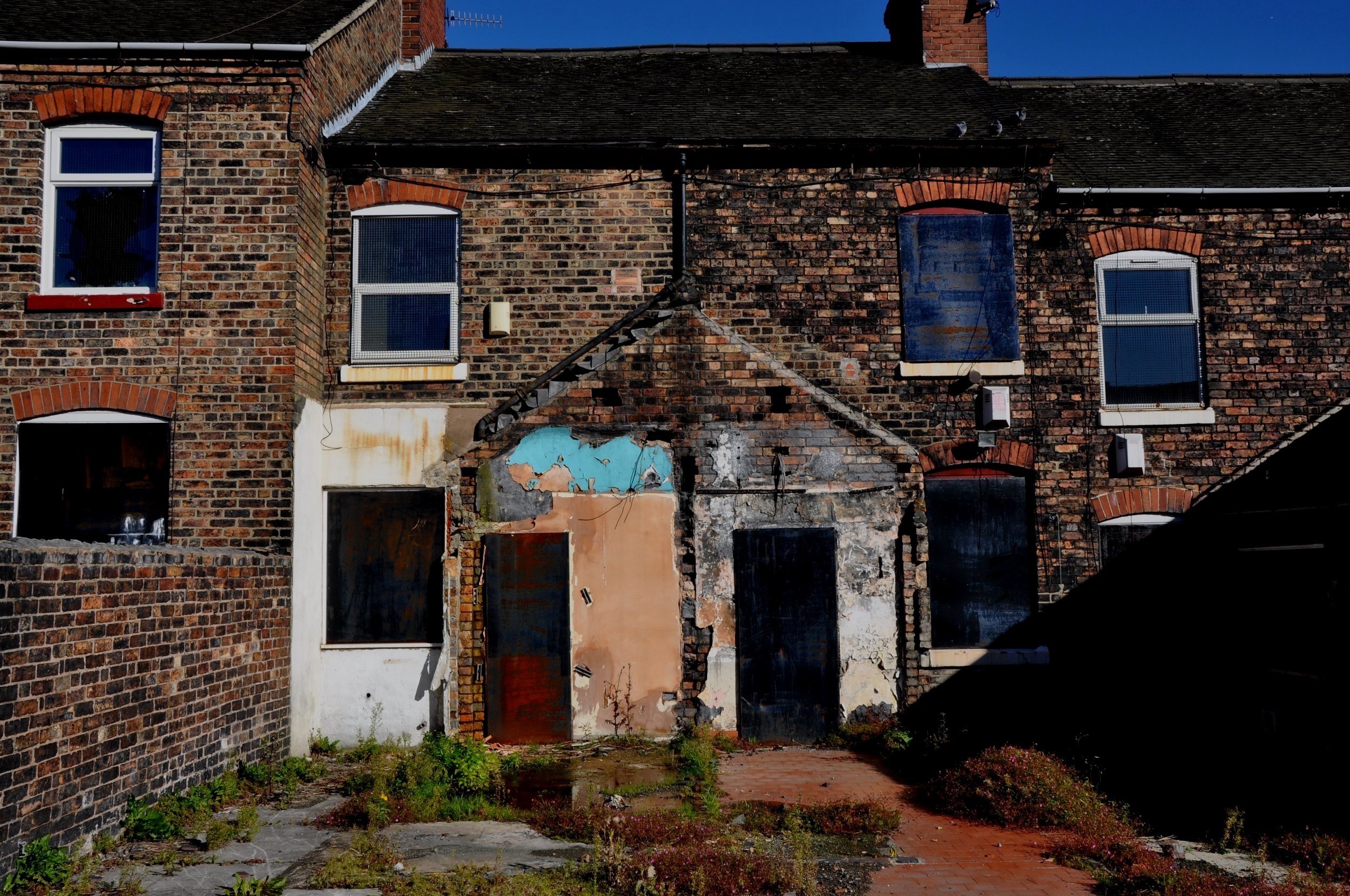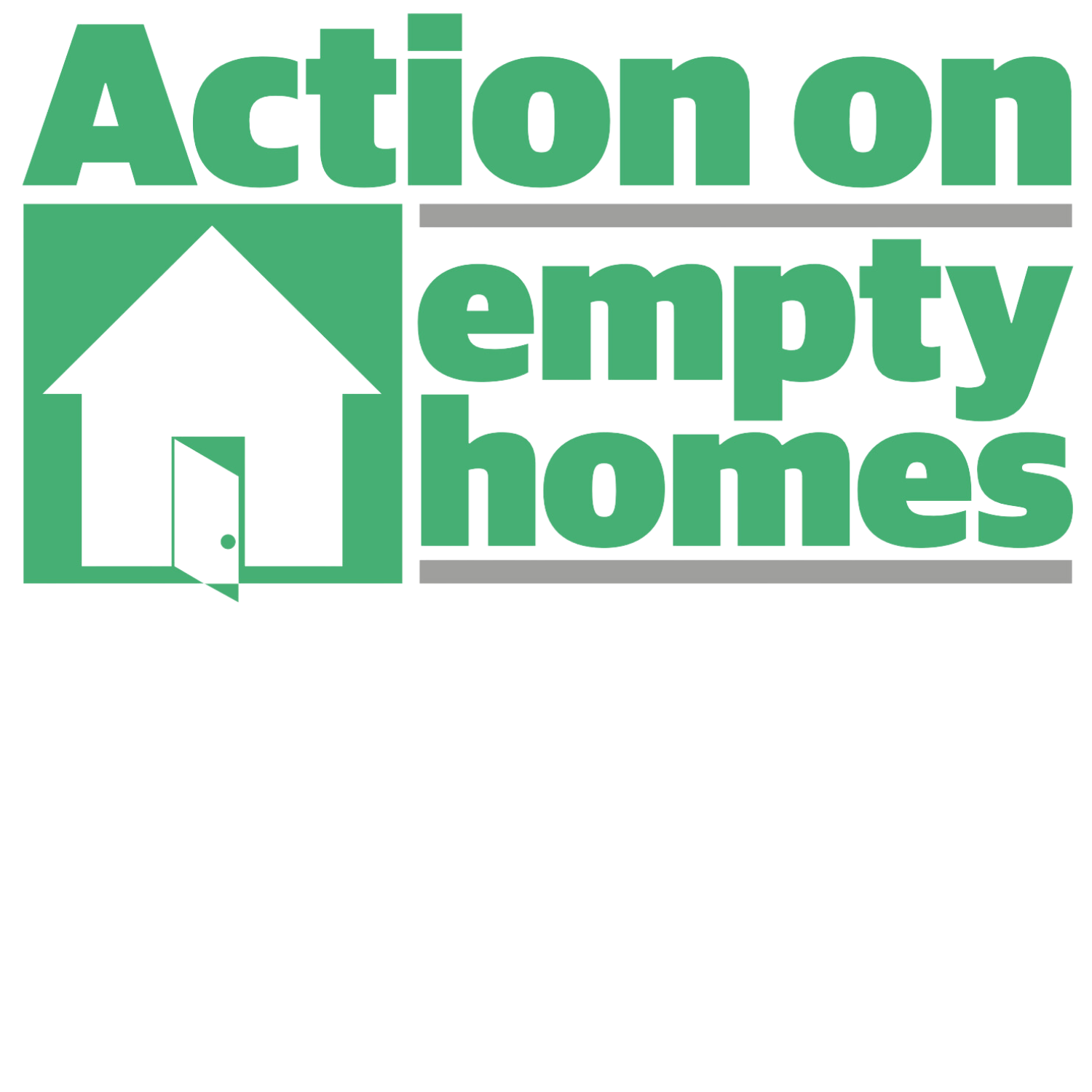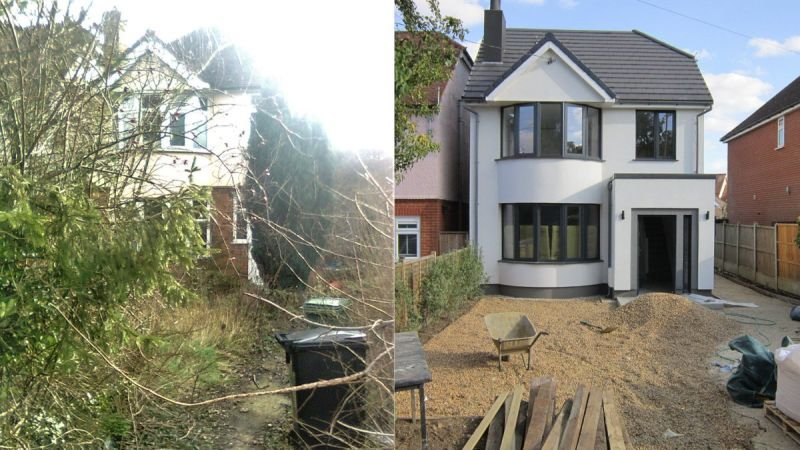
Tonight, over one million homes will stand empty in England, with at least half having been out of use on a long-term basis. We believe this is unacceptable in the middle of an intense housing and climate crisis - when there should be a focus on recycling existing stock into much-needed homes, quickly and in locally responsive ways.
We believe that significant numbers of empty homes could rapidly be brought into use with the right policy incentives and a few tweaks to local government powers in place.
1. Support local action
Our research shows that communities and local authorities can and do work very effectively together, and in partnership with others, to transform long-term empty homes into settled, affordable housing for local people in the places they want to live. Community-based projects provide support, mentoring and onsite training and generate work for local businesses.
We believe that Labour could provide the opportunity to:
Provide a recyclable funding pot enabling local authorities and community-based housing groups to bring empty homes back into use for those in housing need.
Include funding for fabric first retrofit, providing onsite training in green skills.
In addition to increasing the supply of housing, this will help tackle fuel poverty, improve health outcomes, and reduce carbon emissions. Upscaling retrofit will stimulate local demand and grow sustainable local green economies.
2. Stop new-build housing being sucked from residential use
Increasingly, newbuild housing is being sucked out of residential use through mechanisms such as second home purchases, short-term holiday-lets and international investment strategies.
Policy innovation is needed to:
Develop national planning policy that, through planning conditions, require occupation as settled residential accommodation on all new housing stock.
Create a national register of home ownership and usage which would make bringing empty homes into use easier and prevent abuses of housing and planning policy.
3. Changes in Taxation
Aspects of current taxation policies conspire against individuals and communities seeking to increase the supply of homes for local people by bringing empty homes into use. These include:
Capital Gains Tax is currently ‘blind’ to any social value that may be achieved through the sale of a home into the community or social housing sectors. A national Capital Gains Relief Programme would help to incentivise sale of homes, including empty homes, into social use. This would offer purchase cost savings to community, social and public housing bodies and reduce the risk of localised inflationary impacts on house prices.
We welcome the application of Council Tax Premiums on homes standing empty for long periods of time. Where steps are taken to renovate and ideally retrofit empty homes, however, we believe the Premium should be suspended to help facilitate completion of agreed works that will restore the property to use within an agreed period of time. Failure to deliver would reactivate and back-date the Premium. The Council Tax penalty applied during active renovation is a significant disincentive for empty homeowners and community-led housing projects.
The renovation of existing empty homes qualifies for a VAT reduction of 5%- but only after two years. This is too long and places additional cost pressures on those trying to increase the supply of available housing from homes already built. VAT on the renovation of empty homes should be reduced to zero, in line with the VAT on newbuild construction.
Those who have signed this letter want to make it clear that you must actively work to reduce the numbers of empty and underutilised homes.
Can you help us get to 5,000 signatures?
We’re calling on our Government to take action on empty homes. In our letter (on this page) we set out clear guidelines for steps to take on empty homes that can alleviate our housing crisis and help to create more homes for the people who need them most.
Read the letter and, if you agree, please fill in your information below to sign it.


